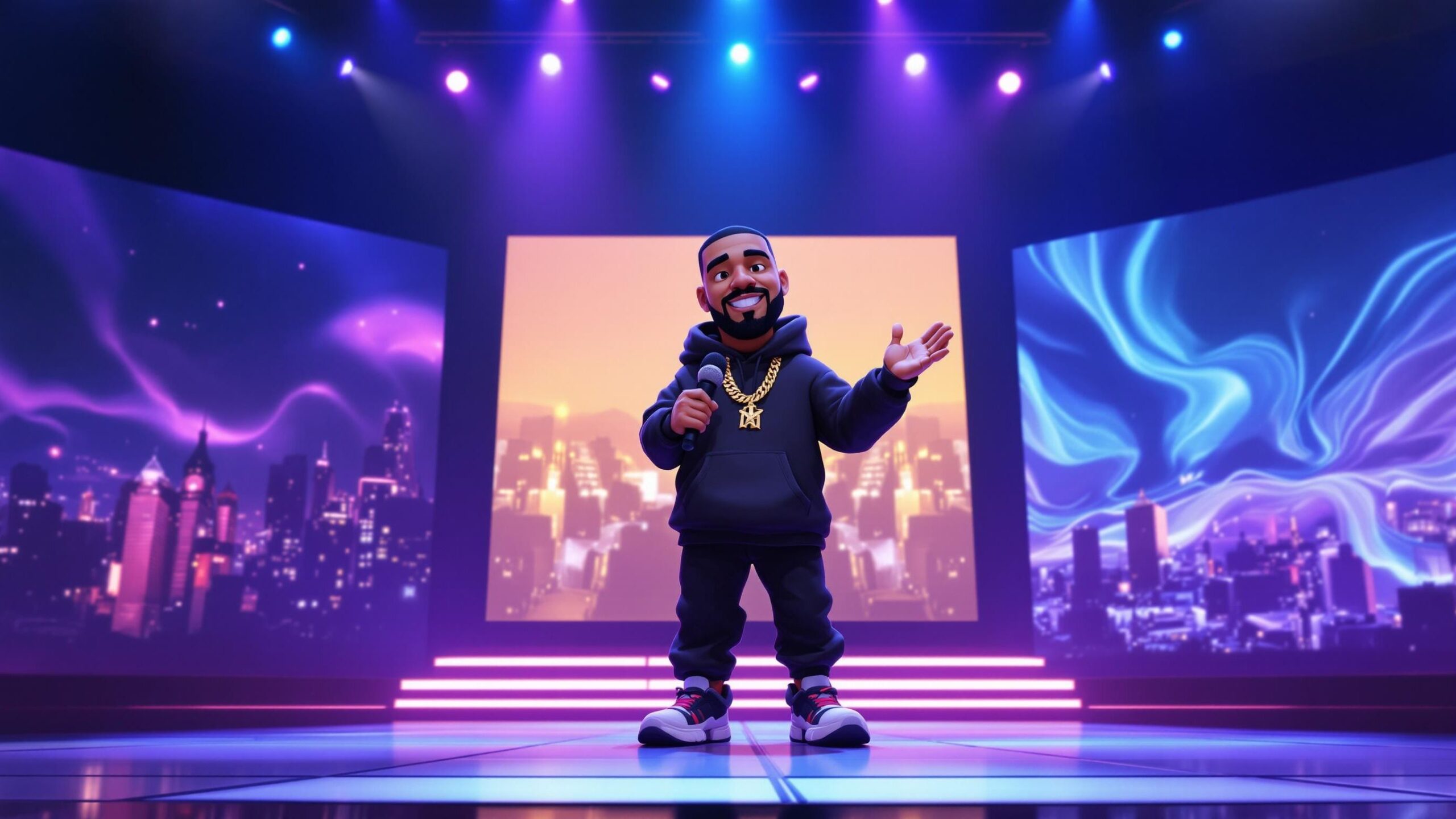Long before she was a global icon, Madonna Louise Ciccone was a rebellious dreamer from Bay City, Michigan, determined to escape small-town life. Armed with ambition, attitude, and a belief that she was destined for more, she moved to New York City in the late 1970s with only $35 in her pocket and a heart full of grit. She took dance classes, performed in punk bands, and waitressed to make ends meet. But she wasn’t just hustling—she was studying the culture, learning how to command attention and turn it into impact. It wouldn’t take long for the world to notice. By the early 1980s, Madonna exploded onto the pop scene, not just as a singer but as a force of style, controversy, and cultural commentary. From that point on, she didn’t just follow trends—she created them.
Like a Virgin: Breaking Through with Attitude and Ambition
Madonna’s self-titled debut album in 1983 introduced a fresh, playful sound with infectious tracks like “Holiday” and “Borderline.” But it was her second album, Like a Virgin, released in 1984, that catapulted her into superstardom. With her platinum-blonde hair, lace gloves, and a wedding dress on the MTV stage, Madonna shocked audiences and delighted a generation. The title track was provocative, empowering, and undeniably catchy—a formula that would become her trademark. But behind the tabloid headlines and scandalized parents was a savvy businesswoman who understood image as power. Every move, every outfit, every quote was calculated to challenge norms and assert control over her own narrative. Madonna didn’t just want fame—she wanted autonomy. And she was willing to disrupt the industry to get it.
Material Girl in a Man’s World: Owning the 1980s
As the decade progressed, Madonna continued to evolve. True Blue (1986) and Like a Prayer (1989) showcased her maturing voice and a willingness to tackle deeper themes—from religious imagery to complex relationships. Tracks like “Papa Don’t Preach” and “Express Yourself” weren’t just pop hits—they were statements. She championed female empowerment, sexual freedom, and artistic expression, often sparking backlash and fascination in equal measure. With each new single came a new persona: the Marilyn Monroe lookalike in “Material Girl,” the spiritual rebel in “Like a Prayer,” the edgy dominatrix in “Express Yourself.” While others clung to consistent branding, Madonna thrived on change. Her ability to transform herself while staying true to her core made her both unpredictable and irresistible. By the end of the ’80s, she wasn’t just a pop star—she was a global icon. She’d mastered music videos, dominated MTV, and redefined what a female performer could be.
Erotica, Controversy, and the Power of Provocation
The 1990s brought an even more audacious Madonna to the forefront. With Erotica (1992), her Sex book, and provocative videos, she pushed cultural boundaries farther than ever before. While critics accused her of going too far, she stood firm—challenging societal double standards and demanding the same sexual autonomy long granted to male artists. Yes, it was shocking—but it was also strategic. Madonna knew that provocation forced people to confront their own discomfort. Through her art, she questioned censorship, morality, and the politics of desire. And whether people loved or hated her choices, they couldn’t stop talking about them. Even when public opinion wavered, her influence didn’t. The Bedtime Stories (1994) album saw her pivot to a more subdued, R&B-influenced sound. “Take a Bow” became one of her biggest hits, showing she could be vulnerable and sultry without surrendering her edge.
Ray of Light: Reinvention as Rebirth
If the ’90s were about provocation, the late ’90s were about transcendence. With the release of Ray of Light in 1998, Madonna unveiled a spiritual, techno-infused sound that earned critical acclaim and several Grammy Awards. Collaborating with producer William Orbit, she embraced electronica and introspection, influenced by motherhood, Kabbalah, and her evolving worldview. “Frozen” and “Ray of Light” revealed a depth that surprised many. Her voice was stronger, her lyrics more introspective, and her visuals ethereal. This wasn’t a comeback—it was a rebirth. Madonna proved that even after two decades, she was still ahead of the curve, exploring genres and themes most pop stars wouldn’t dare touch. This era also marked her embrace of yoga, meditation, and a more philosophical outlook. She wasn’t just dancing through life anymore—she was asking big questions and inviting the world to listen differently.
Confessions on the Dance Floor: The Queen of Clubs Returns
In the mid-2000s, Madonna reminded everyone that she could still rule the dance floor. Confessions on a Dance Floor (2005) was a masterclass in disco-pop, with seamless transitions, glittery production, and infectious hooks. Tracks like “Hung Up” and “Sorry” brought her back to the top of international charts and into the headphones of a new generation. Sporting pink leotards and mirror balls, she transformed her reinvention into celebration. She wasn’t just staying relevant—she was rewriting the rules of aging in pop. While many female artists were sidelined in their forties, Madonna was headlining world tours, selling out arenas, and setting fashion trends. The Confessions era wasn’t nostalgia—it was confirmation: the Queen of Pop still ruled, and she could command the past, present, and future of music simultaneously.
Rebel Heart and Madame X: The Icon Keeps Evolving
Madonna’s later years have been anything but quiet. With albums like Rebel Heart (2015) and Madame X (2019), she explored identity, politics, art, and resistance. Whether rapping in “Bitch I’m Madonna,” adopting global musical influences, or portraying herself as a secret agent of cultural revolution, she refused to settle. Madame X, in particular, showcased a global, multilingual Madonna—singing in Portuguese, Spanish, and English, influenced by her time living in Lisbon. The album was bold, eclectic, and experimental. Critics were divided, but Madonna was undeterred. She had never made music for easy approval—she made it to push boundaries, including her own. Even as younger artists like Lady Gaga, Beyoncé, and Dua Lipa cite her influence, Madonna remains an active creator—still challenging convention, still commanding the stage, still daring people to catch up.
Madonna’s Legacy: Feminism, Freedom, and Fearlessness
Madonna’s impact transcends music. She reshaped the role of women in entertainment, demanding control over her image, her art, and her body. In doing so, she paved the way for generations of artists who now see agency and reinvention as a right—not a rebellion. She tackled ageism, broke barriers around sex and gender, and remained unapologetically herself through every stage of her career. Her fashion influenced runways. Her videos revolutionized MTV. Her performances redefined stadium shows. More than 300 million records sold. Dozens of global tours. Countless headlines. And one unwavering belief: Madonna doesn’t follow rules. She writes them.
Long Live the Queen
Madonna didn’t just rule the pop charts—she reshaped what it means to be a pop star. She showed the world that evolution is power, controversy can spark change, and music is more than melody—it’s message. For over four decades, she has remained a symbol of transformation, independence, and fearless creativity. Whether you’re dancing to “Vogue,” crying to “Live to Tell,” or feeling empowered by “Express Yourself,” you’re witnessing the legacy of a woman who refused to be defined. In every era, in every look, in every note—Madonna reigns.




